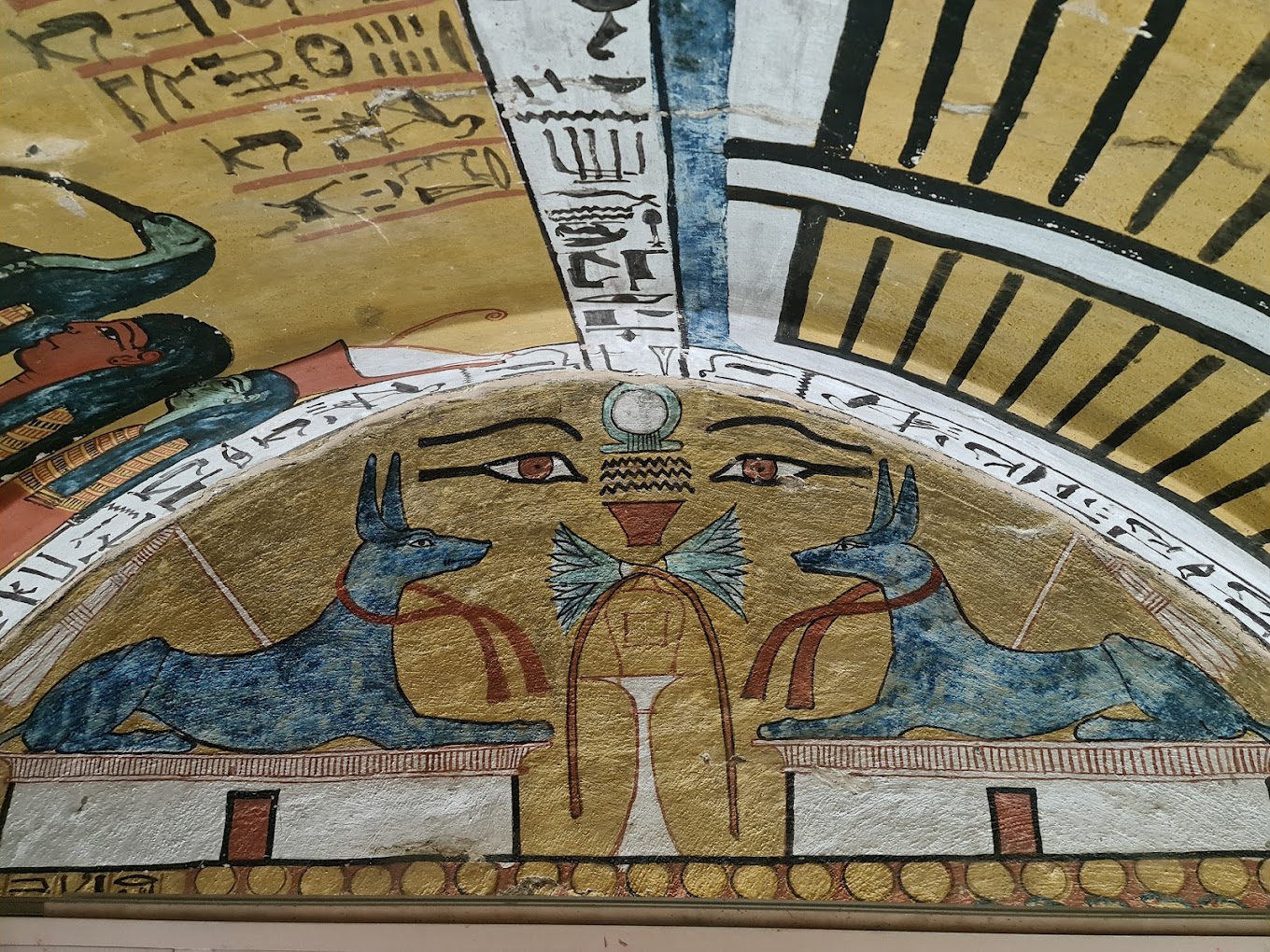Over 3,200 years ago, carved into the sun-baked sands of Deir el-Medina, the tomb of Nebenmaat stands as a testament to the artistry and spiritual beliefs of the 19th Dynasty during the reigns of Ramesses II and Merenptah. As a “Servant in the Place of Truth,” Nebenmaat, a master craftsman, played a vital role in the creation of the pharaohs’ eternal resting places, and his own tomb offers a fascinating window into the elaborate funerary rituals of ancient Egypt.
Nebenmaat: A Craftsman of Eternal Abodes
Nebenmaat’s role as a “Servant in the Place of Truth” highlights the skilled labor and spiritual significance of the artisans who built the royal tombs in the Valley of the Kings.
The Place of Truth and Royal Tombs
Deir el-Medina was home to a community of highly skilled artisans and craftsmen who were responsible for the construction and decoration of the royal tombs.

- Crafting Royal Tombs:
- Nebenmaat and his fellow craftsmen were responsible for the intricate carvings and paintings that adorned the walls of the pharaohs’ tombs, ensuring their safe passage to the afterlife.
- It highlighted crafting royal tombs.
- Skilled Artisans:
- These artisans possessed exceptional skills in stoneworking, painting, and hieroglyphic writing, contributing to the grandeur and complexity of the royal tombs.
- It showed skilled artisans.
- Spiritual Significance:
- Their work was not merely a job but a sacred duty, as they believed they were helping to ensure the pharaohs’ eternal existence.
- It highlighted spiritual significance.
A Glimpse into Daily Life
Nebenmaat’s tomb provides insights into the daily life and social structure of the Deir el-Medina community.

- Community of Artisans:
- The tomb reflects the close-knit community of artisans who lived and worked in Deir el-Medina, sharing their skills and knowledge.
- It highlighted community of artisans.
- Social Hierarchy:
- The quality and decoration of Nebenmaat’s tomb suggest his status as a master craftsman, indicating a hierarchical structure within the community.
- It showed social hierarchy.
- Religious Beliefs:
- The tomb’s decorations and funerary objects reveal the deep-seated religious beliefs of the ancient Egyptians, particularly their focus on the afterlife.
- It highlighted religious beliefs.
The Sacred Rituals of the Afterlife
The end wall of Nebenmaat’s tomb depicts the “Opening of the Mouth” ceremony, a crucial ritual for ensuring the deceased’s successful transition to the afterlife.
The Opening of the Mouth Ceremony
This elaborate ritual was performed to restore the senses and abilities of the deceased, allowing them to eat, drink, and speak in the afterlife.

- Anubis’s Role:
- The priest wearing the Anubis mask represents the jackal-headed god, who played a crucial role in mummification and guiding the deceased to the afterlife.
- It highlighted Anubis’s role.
- Funerary Bed and Offerings:
- Nebenmaat’s mummy, positioned on a funerary bed, is surrounded by offerings such as alabaster jars, lettuce plants, and a mirror, each symbolizing sustenance and rejuvenation in the afterlife.
- It showed funerary bed and offerings.
- Restoring Life:
- The “Opening of the Mouth” ceremony aimed to restore the deceased’s vital functions, ensuring their ability to participate in the afterlife.
- It highlighted restoring life.
Divine Protection and Eternal Life
The goddess Nebhet, with her outstretched wings, offers divine protection and ensures Nebenmaat’s safe passage to the realm of the gods.
- Nebhet’s Guardianship:
- Nebhet’s protective wings symbolize her role as a guardian of the deceased, offering comfort and security in their journey to the afterlife.
- It highlighted Nebhet’s guardianship.
- Intertwining Realms:
- The depiction of Nebhet’s divine presence highlights the ancient Egyptian belief in the interconnectedness of the living and the divine realms.
- It showed intertwining realms.
- Eternal Embrace:
- The imagery of Nebhet’s embrace suggests the promise of eternal life, a central theme in ancient Egyptian funerary beliefs.
- It highlighted eternal embrace.
Conclusion:
Nebenmaat’s tomb, with its detailed depictions of funerary rituals and divine protection, offers a poignant glimpse into the spiritual beliefs and artistic achievements of the 19th Dynasty. As a “Servant in the Place of Truth,” Nebenmaat played a vital role in creating the pharaohs’ eternal abodes, and his own tomb stands as a testament to the enduring legacy of the artisans who shaped the magnificent necropolis of Deir el-Medina.


CÁC TIN KHÁC
Mary Walton: The Forgotten Inventor Who Helped Clean Up America’s Cities
Tomb of Queen Nefertari in the Valley of the Queens, Egypt
Discover the Hypostyle Hall of the Temple of Hathor at Dendera
Venus de Losange: Unveiling the Mystery of a 20,000-Year-Old Paleolithic Icon